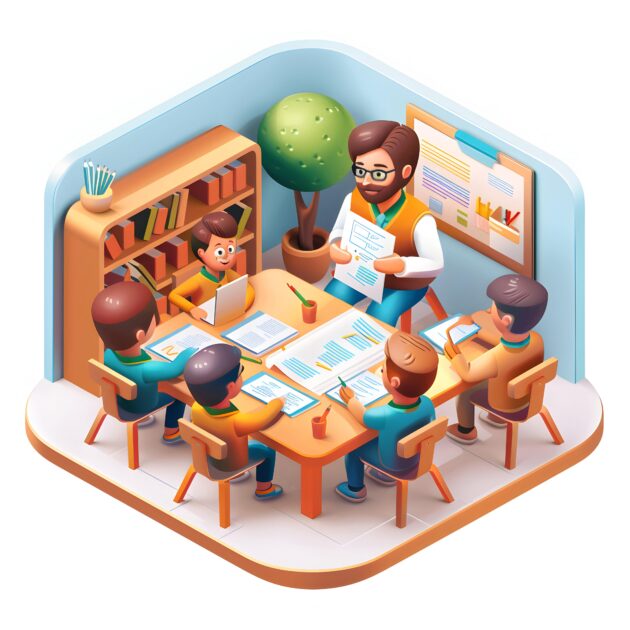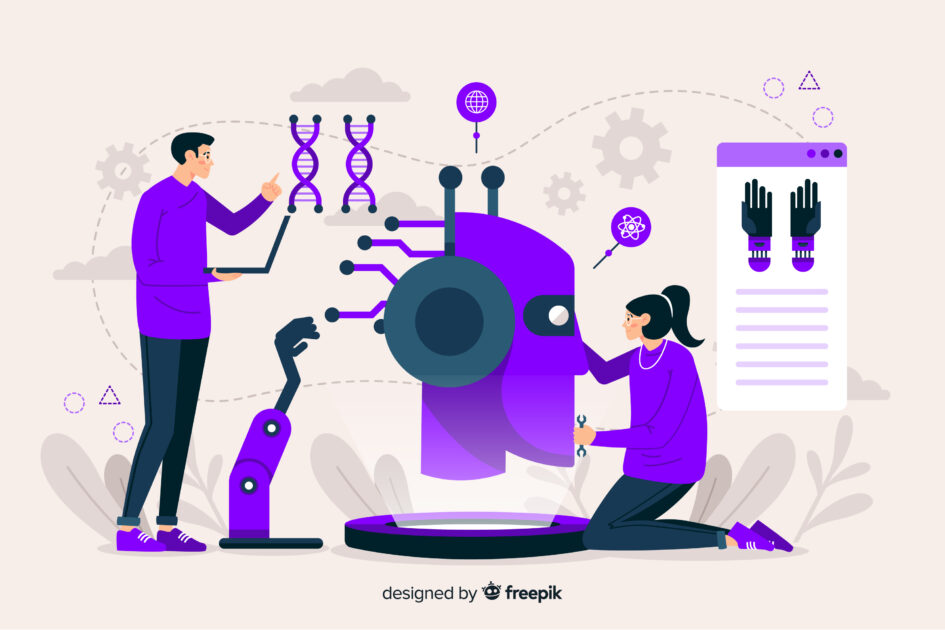What is Personal Grooming? Tips for Students and Kids


In today’s world, personal grooming is important for everyone, especially for students and kids. It helps build confidence, good manners, and healthy habits. Personal grooming means taking care of your body, clothes, and overall cleanliness every day. Many of the best schools in Bangalore emphasize personal grooming as part of their daily routines, teaching students the value of being neat and presentable. It also teaches discipline, responsibility, and self-respect. These habits are very helpful for students in school and in life.
The Meaning of Personal Grooming
Personal grooming refers to how individuals take care of their personal hygiene, dress, and appearance. For students and kids, it plays a major role in shaping their character, improving their discipline, and increasing their self-confidence. Clean hair, brushed teeth, trimmed nails, and clean clothes reflect a child’s habits and upbringing. It is a sign of self-respect and self-care.
Children and students are constantly interacting with teachers and peers. Being well-groomed not only gives a good impression but also makes them feel more confident and accepted in their environment.
Importance of Personal Grooming for Students
- Boosts Self-Confidence: Students who are well-groomed feel more confident. They are less self-conscious and more active in classroom discussions and activities.
- Promotes Good Health and Hygiene: Regular grooming helps prevent illnesses and skin problems. Clean nails, hands, and clothes lower the risk of infections.
- Improves Discipline and Responsibility: Daily grooming routines help develop self-discipline and time management skills.
- Enhances Social Interaction: A neat appearance helps students interact better with friends, teachers, and other people.
- Supports Academic Success: A fresh and neat student is more focused and attentive in school, leading to better academic performance.
Key Aspects of Grooming for Students and Kids
1. Hair Care
Hair should be washed and combed regularly. Boys can keep it trimmed, and girls should tie it neatly. Oily or untidy hair can cause dandruff and itching.
2. Oral Hygiene
Brushing teeth twice a day is essential. Using mouthwash and flossing helps prevent bad breath and cavities.
3. Bathing and Skin Care
Bathing daily keeps the body clean and fresh. Students should use a clean towel, soap, and water. Moisturizing helps keep the skin healthy.
4. Nail Care
Nails should be trimmed regularly. Dirt under nails can spread germs. It is important to clean them properly.
5. Dressing Neatly
Students should wear clean and well-ironed clothes. A proper school uniform shows readiness and discipline. Socks and shoes must also be clean.
6. Footwear and Accessories
Shoes should be polished, and accessories like belts or ties should be worn properly. Small details create a big impression.
Daily Grooming Routine for Students
A daily grooming routine should be simple and easy to follow. Here’s a sample schedule:
- Wake up and brush teeth
- Take a bath with soap and water
- Comb and style hair
- Dress in a clean and ironed uniform
- Wear polished shoes
- Carry a clean handkerchief
- Trim nails weekly
Following this routine every day forms a strong grooming habit.
How Parents and Teachers Can Help
Teaching personal grooming should start at home and continue in school. Parents must lead by example, and teachers can reinforce these habits.
Tips for Parents:
- Set routines for brushing and bathing
- Make grooming fun using reward charts
- Teach by example and praise good hygiene
Tips for Teachers:
- Include grooming talks during moral science or health classes
- Give gentle reminders to students when needed
- Reward or recognize well-groomed students in class
Benefits of Personal Grooming in School Life
- Improves Concentration: A fresh and clean student is less distracted and more focused.
- Reduces Absenteeism: Good hygiene reduces illnesses, so students miss fewer days at school.
- Builds Self-Discipline: Grooming is a daily task that builds a sense of responsibility.
- Creates Positive Habits for the Future: Early grooming habits prepare kids for adult life and future workplaces.
Fun Ways to Teach Grooming to Kids
- Use animated videos or storybooks
- Create a colorful grooming checklist
- Organize school grooming day activities
- Set up a grooming corner at home with combs, brushes, and mirrors
- Give small rewards for daily grooming tasks completed
Conclusion
Personal grooming is an important life skill. It helps students look presentable, feel confident, and stay healthy. With guidance from parents and teachers, kids can easily learn and enjoy grooming. Alongside fun learning activities like solving puzzles or answering gk questions for kids, they also develop good habits. A clean, disciplined, and confident student is always ready to take on life’s challenges. By encouraging personal grooming, we help shape responsible and happy individuals.
FAQs
Q1: What is personal grooming?
A: Personal grooming is taking care of your body and appearance. It includes brushing teeth, bathing, and wearing clean clothes.
Q2: Why is personal grooming important for kids and students?
A: It helps build confidence, supports hygiene, and creates good habits for future success.
Q3: At what age should grooming be taught?
A: It can start as early as age 3. Simple habits like washing hands and brushing teeth can be introduced at home and in preschool.
Q4: How can I encourage my child to practice grooming?
A: Make grooming part of the daily routine. Use visual reminders, praise, and lead by example.
Q5: What is the best way to teach grooming in school?
A: Include grooming in lessons, give reminders, and encourage students through recognition or fun activities.



